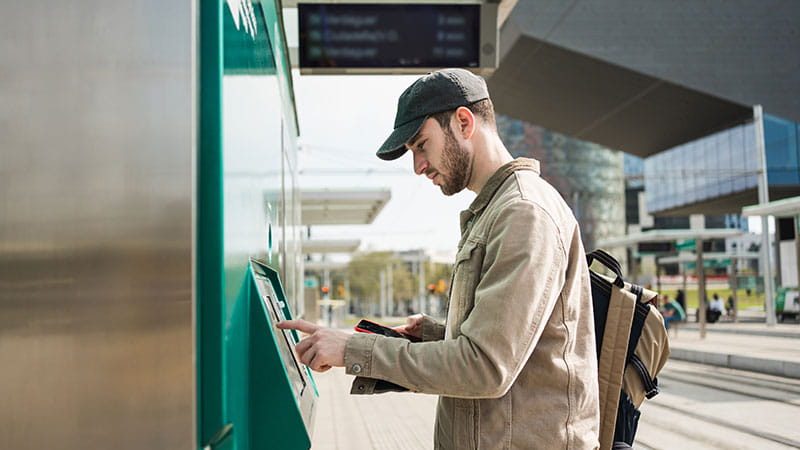Geographic modelling and financial review of ticketing zones

Project facts
- ClientCommercially confidential
- LocationNorth UK
- Date2020 - 2024
- ChallengeTo estimate financial impacts of fare product restructuring and changing of ticketing zones
- SolutionComprehensive revenue estimation model built from survey origin-destination data, including using geographic breakdown of passenger travel.
The challenge
Existing ticketing systems and fare zones had, for historic reasons, resulted in an array of options for the travelling public across the city. It was felt locally that too many options might be a discouragement to travel, despite widespread capital investment on other aspects of the public transport network. Our role was to investigate the different ways to harmonise and simplify the ticketing zones and understand the financial impacts of different changes.
The solution
We carried out exploratory data analysis, to understand the datasets available locally, and 'set the scene' with high-level sociodemographic research. It was particularly important that fare changes did not create further travel costs for passengers from less-affluent areas - but other constraints were considered, for example distances travelled and local commuting patterns within towns in the region.
This project is a great example of how our data science and financial modelling expertise can be applied to projects to meet a client's needs, and in this case, giving stakeholders confidence in potential zonal fare changes.
The result
The level of detail and sophistication of our financial model, and the intuitive presentation of the outputs in terms of 'winners and losers', gave our client the confidence to take particular options forward through its planning with internal and external stakeholders. This included the possible advocating for an ambitious, patronage-maximising approach, working in parallel with major capital investments locally to secure affordable fares and successful public transport for the region's passengers.
Our experts are happy to assist you
Experts team Public transport planning

